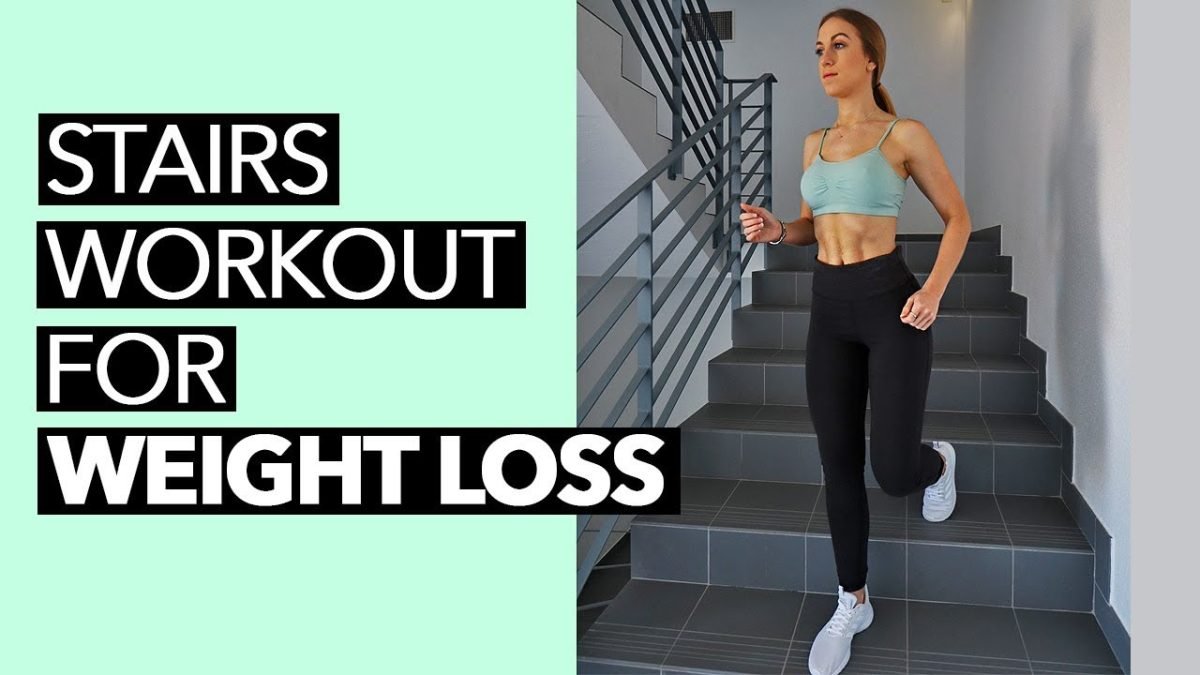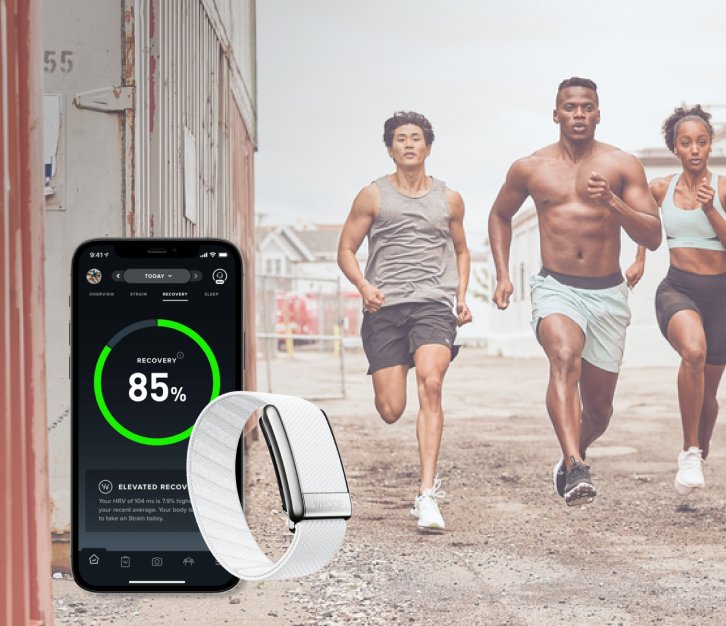Some days, I blink and it’s bedtime—between work, blogging, editing a video, helping the kids with Roblox, and figuring out dinner, the idea of a full workout feels almost laughable. But here’s what I’ve started to wonder: what if the “ideal” 45-minute gym session was never really ideal at all? What if the body was meant to move in short, spontaneous bursts—like we used to when movement was a natural part of life, not something scheduled in?
That’s the quiet genius of micro workouts. You’re not trying to squeeze one big thing into an already packed day—you’re letting movement fit into the cracks that already exist. And over time, those little cracks add up. A few stairs here. A quick wall sit there. One song danced to with the kids. It’s not about “getting it all done”—it’s about not giving up because you couldn’t.
For me, this approach has become less of a backup plan and more of a philosophy. Not just “better than nothing,” but actually better because it meets me where I’m at.
What Are Micro Workouts—And Why They Might Be Smarter Than Full Workouts
Micro workouts are exactly what they sound like—short, focused bursts of physical activity. Think 1 to 10 minutes of movement that fits into your life, not the other way around. You don’t need special gear, a gym, or a clear schedule. You just need a body that can move, and a moment where it makes sense.
But here’s the part that surprised me: these bite-sized efforts aren’t just “better than nothing”—they can actually outperform longer workouts when it comes to consistency, energy, and even long-term results. Studies show that short bouts of activity scattered through the day can improve insulin sensitivity, reduce fatigue, and boost mood more effectively than a single sweat session followed by 10 hours of sitting.
And if we zoom out, this makes sense. Our ancestors didn’t do squats at dawn and then sit motionless till sunset. They moved often and in bursts—walking, lifting, crouching, running, carrying. Micro workouts mimic this natural pattern. In a way, they feel less like “fitness” and more like remembering how a human body was built to function.
So if your day is packed, your energy unpredictable, or your motivation hit-or-miss, micro workouts might not be a compromise. They might be the answer.
How to Make Micro Workouts a Daily Habit
The biggest myth about fitness is that it needs to be structured to be effective. But the truth is, habit beats intensity—especially when life is full.
The easiest way to turn micro workouts into a daily rhythm is to anchor them to something you already do. This is known as “habit stacking,” and it works because you’re not adding something new—you’re layering it onto a routine that already exists.
For example:
- While brushing your teeth → wall sits.
- Waiting for your coffee to brew → yoga flow or squats.
- Mid-YouTube edit or Etsy listing → 60 seconds of jumping jacks.
- Playing Roblox with the kids → stretch breaks during loading screens (you know they’re long enough).
You don’t need willpower when it’s baked into your day.
Another trick? Use your environment as a cue. Keep a yoga mat unrolled in the living room, put resistance bands near your computer, or set a timer every 90 minutes to stand up and move. The more visual or sensory reminders you build in, the less thinking it takes to follow through.
And maybe most importantly: drop the guilt if you miss one. Micro workouts are forgiving by design. You’re not “starting over” every time you skip—you’re just weaving motion back into the day where you can.
5 Easy Micro Workouts You Can Try Today
You don’t need a plan—you just need a moment. These five micro workouts are flexible, equipment-optional, and fit right into your day without feeling like “a workout.”
1. Stair Power (a.k.a. Accidental Cardio)
Running up and down stairs isn’t just a leg burn—it’s heart-healthy, time-efficient movement.
When to do it: Take the stairs while carrying laundry, pacing during a phone call, or doing laps between floors during work breaks.
Why it works: Just 2–3 flights a few times a day adds up to a legit cardiovascular boost.
2. Deskside Refresher
Stretch, twist, lunge—anything to interrupt the sit-still cycle.
When to do it: Every 60–90 minutes of screen time, pause and move for 2–5 minutes.
Why it works: Improves posture, circulation, and mental focus (hello, content productivity).

3. Dance Break Burst
No form, no pressure. Just one song and full-body movement.
When to do it: While making dinner, cleaning, or during the Roblox loading screen.
Why it works: Increases endorphins and heart rate. Bonus: the kids will probably join in.
4. Wall Sit + Brush Combo
Legs on fire, teeth minty fresh.
When to do it: Hold a wall sit while brushing your teeth, two rounds per day.
Why it works: Sneaky strength training that stacks perfectly with a habit you already do.
5. Morning or Bedtime Mobility Flow
A few yoga-inspired moves to wake you up or wind you down.
When to do it: First thing out of bed, or right before you crash.
Why it works: Reduces stiffness, helps with sleep, and promotes daily flexibility.

But Do They Work? What the Research Says
It’s fair to wonder—can these bite-sized bursts of effort actually make a difference?
According to multiple studies, yes. Micro workouts have been shown to improve cardiovascular health, blood sugar regulation, and even mitochondrial function. A 2022 paper in Exercise and Sport Sciences Reviews found that brief, intense movements spaced throughout the day can match or exceed the metabolic benefits of one long workout—especially for people who are otherwise sedentary.
But it’s not just about what happens physically. Small movements boost dopamine, break up brain fog, and reduce the mental load of “having to find time” for a real workout. Psychologically, that’s huge. You’re more likely to keep showing up when the barrier is low.
That said, there’s a limit. If you have specific goals—like building serious muscle mass or training for endurance events—you’ll eventually need longer, structured sessions. Micro workouts are a powerful baseline, not a replacement for all fitness approaches.
Still, for most of us who just want to feel better, have more energy, and not fall apart sitting in a chair all day? Micro workouts are more than “good enough.” They’re realistic. And sustainable.
The Takeaway—Tiny Moves, Big Momentum
We tend to overestimate what we can do in a week and underestimate what we can do in a minute.
Micro workouts remind us that movement doesn’t have to be dramatic to matter. You don’t need a full hour, the right playlist, or a burst of motivation. You just need a few moments—and a willingness to move when life gives you the opening.
When you stack those moments, day after day, they become something much bigger than the effort it took. They become your default.
So whether you’re deep in work, chasing your kids around, editing a video, or just trying to remember what you walked into the kitchen for—know this: every time you move, you’re nudging your body back to balance.
No pressure. No perfect plan. Just progress, one micro moment at a time.
FAQ: Micro Workouts
Are micro workouts enough to get fit?
For general health, yes. If your goal is to feel more energized, reduce stiffness, improve mood, and maintain a basic level of strength and mobility, micro workouts can absolutely get you there. They’re especially effective when done consistently throughout the day.
How many micro workouts should I do per day?
There’s no perfect number. Even just 3–5 short sessions scattered through your routine—like 2 minutes of squats here, a wall sit there—can create noticeable benefits. Think frequency over duration.
Can micro workouts help with weight loss?
They can contribute, especially when paired with mindful eating. Short bursts of activity boost metabolism and can improve insulin sensitivity, both of which play a role in weight regulation. But consistency is key, not calorie burn per session.
Do I need to warm up for micro workouts?
Not really. Because micro workouts are low-impact and often bodyweight-based, your first 20–30 seconds usually act as a gentle warm-up. But if you’re jumping into something intense (like sprint intervals), take a minute to ease in.
Can I build muscle with micro workouts?
To a degree. You can build functional strength with high-effort, short sets (like wall sits, push-up holds, or stairs). For more serious muscle gains, you’ll eventually want to incorporate progressive overload and longer resistance sessions.









